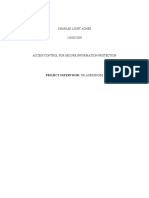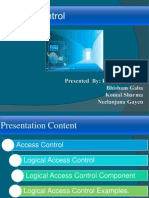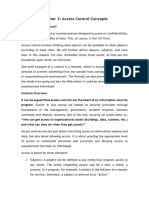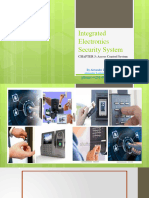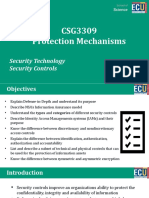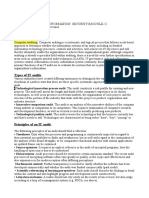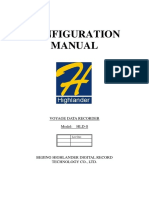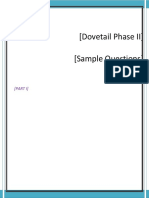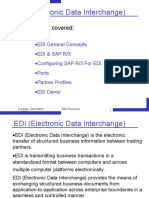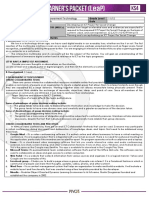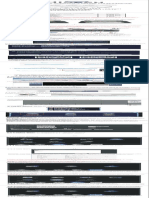0% found this document useful (0 votes)
30 views36 pagesLecture 5
Access Control is essential for information security, regulating access to data and systems to protect against unauthorized use. Key components include Identification, Authentication, Authorization, and Accountability, which work together to secure data, systems, networks, and physical assets. Access controls are implemented at multiple levels, including Physical, Technical, and Administrative controls, to ensure comprehensive protection.
Uploaded by
sumaidaltafCopyright
© © All Rights Reserved
We take content rights seriously. If you suspect this is your content, claim it here.
Available Formats
Download as PDF, TXT or read online on Scribd
0% found this document useful (0 votes)
30 views36 pagesLecture 5
Access Control is essential for information security, regulating access to data and systems to protect against unauthorized use. Key components include Identification, Authentication, Authorization, and Accountability, which work together to secure data, systems, networks, and physical assets. Access controls are implemented at multiple levels, including Physical, Technical, and Administrative controls, to ensure comprehensive protection.
Uploaded by
sumaidaltafCopyright
© © All Rights Reserved
We take content rights seriously. If you suspect this is your content, claim it here.
Available Formats
Download as PDF, TXT or read online on Scribd
/ 36
















